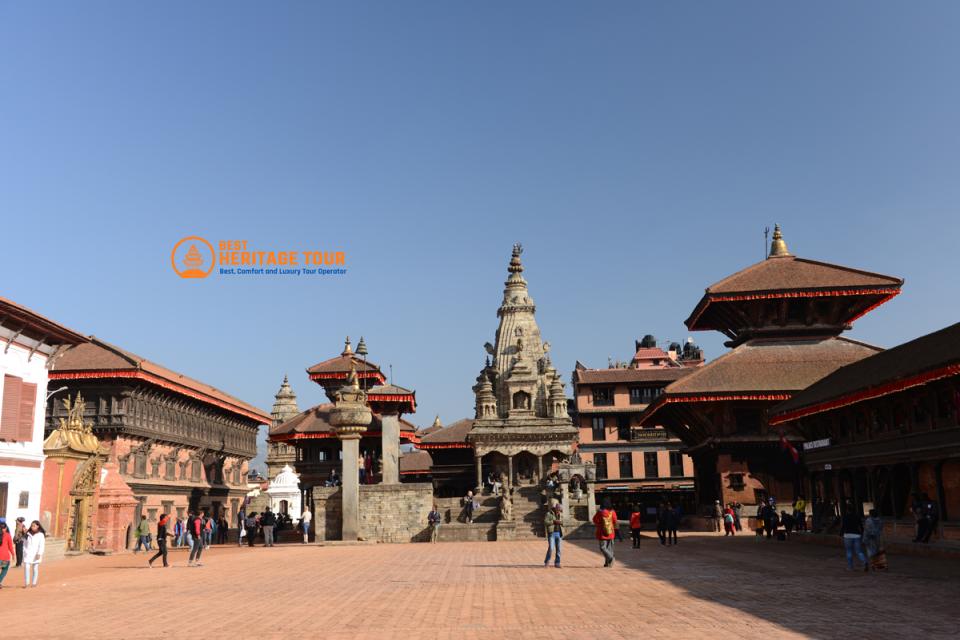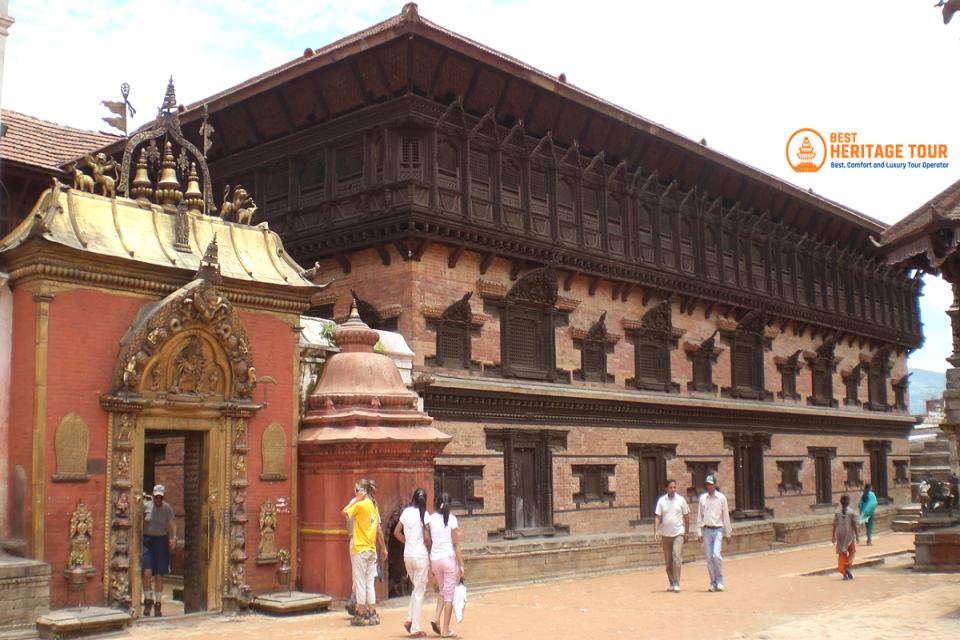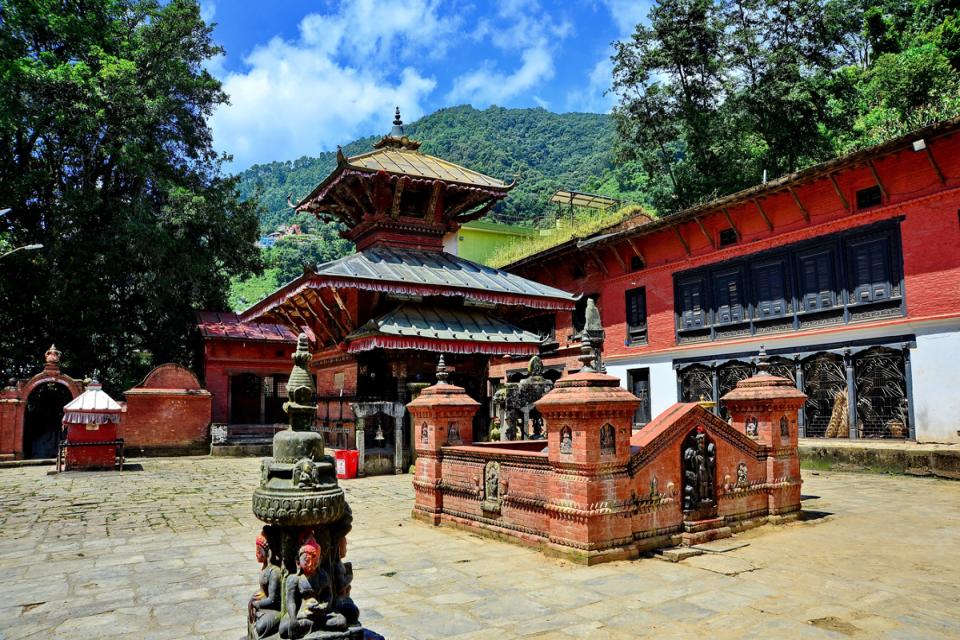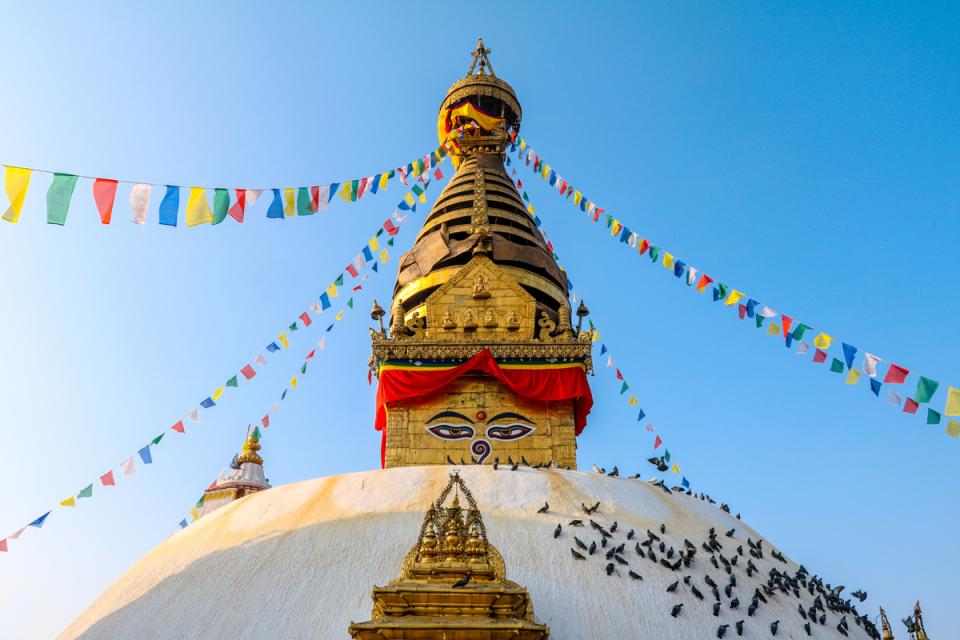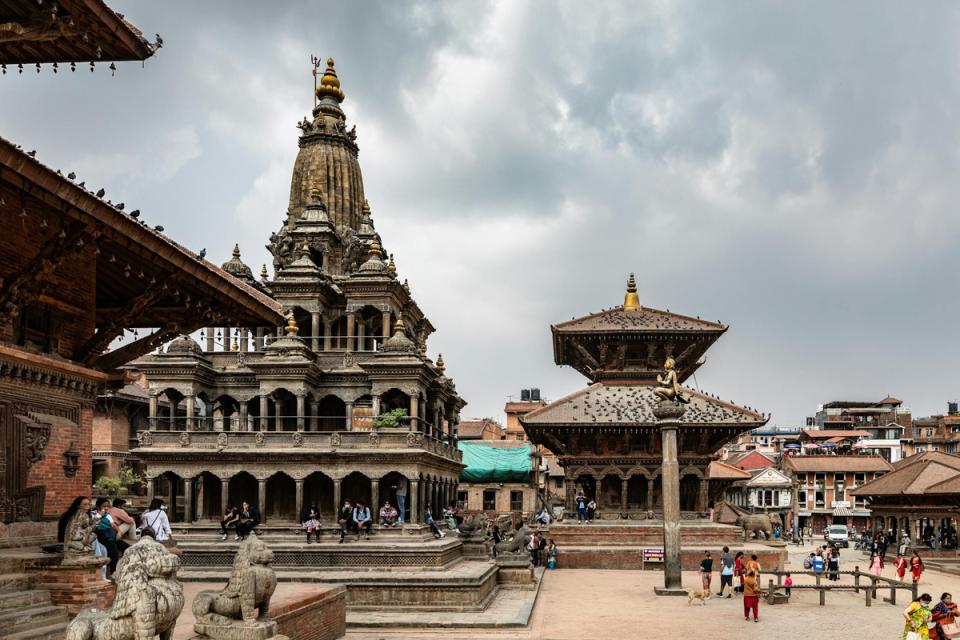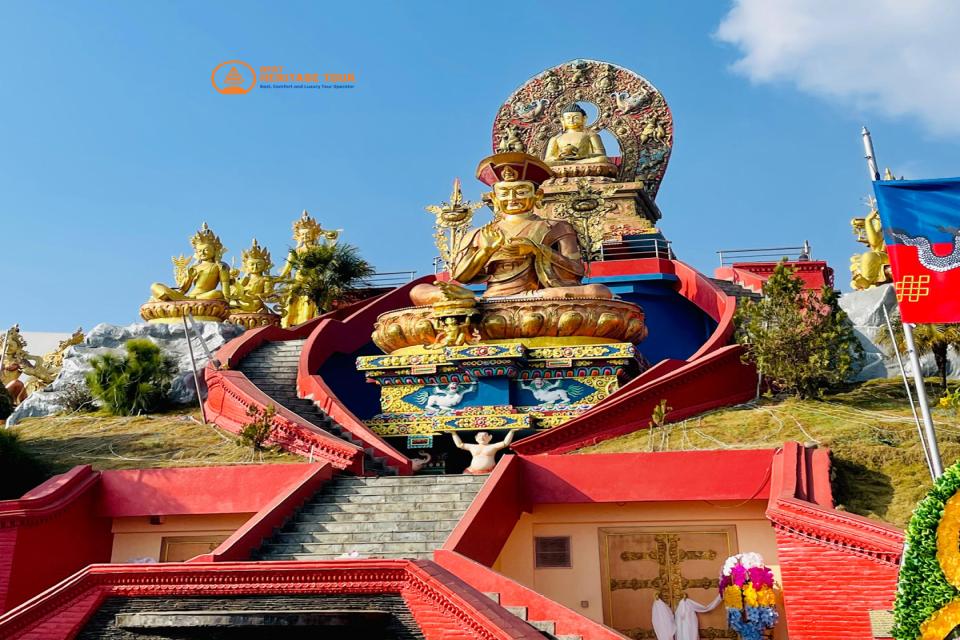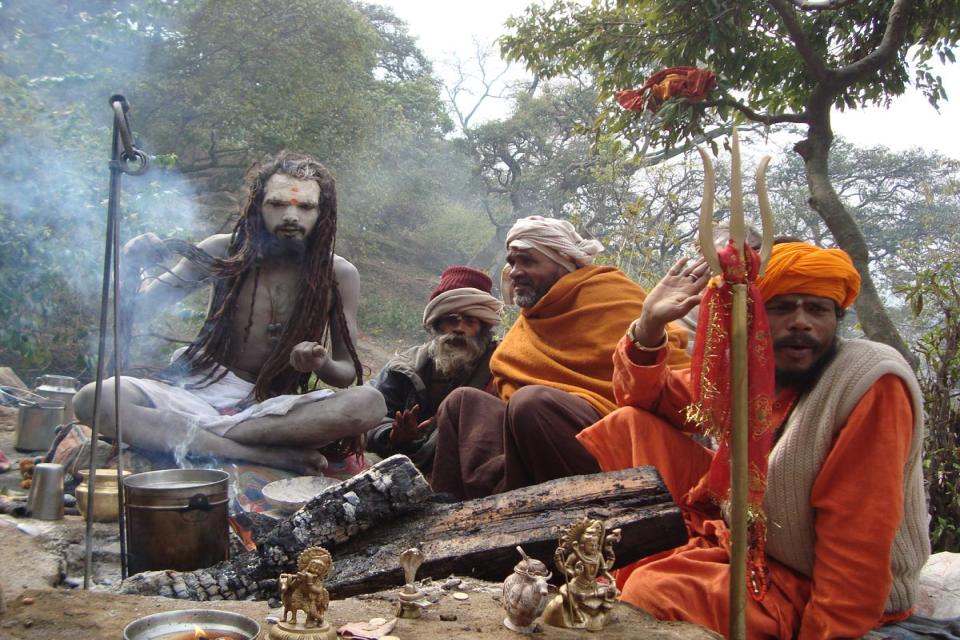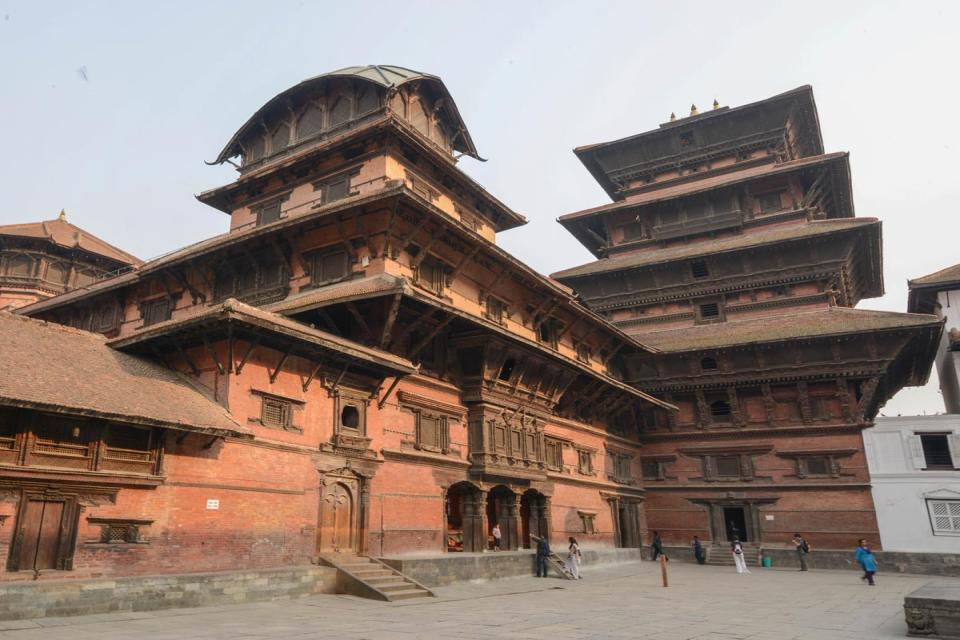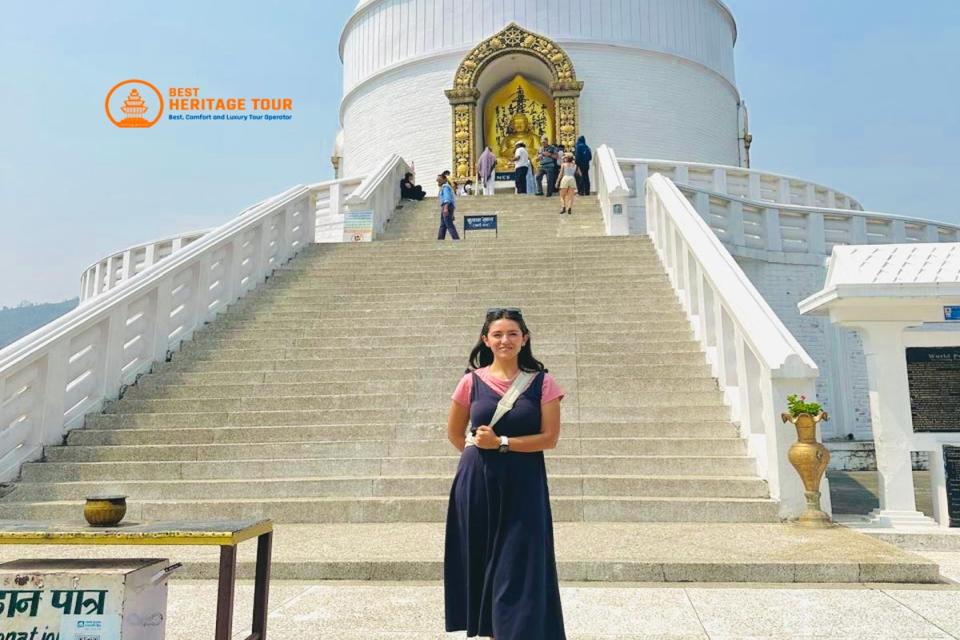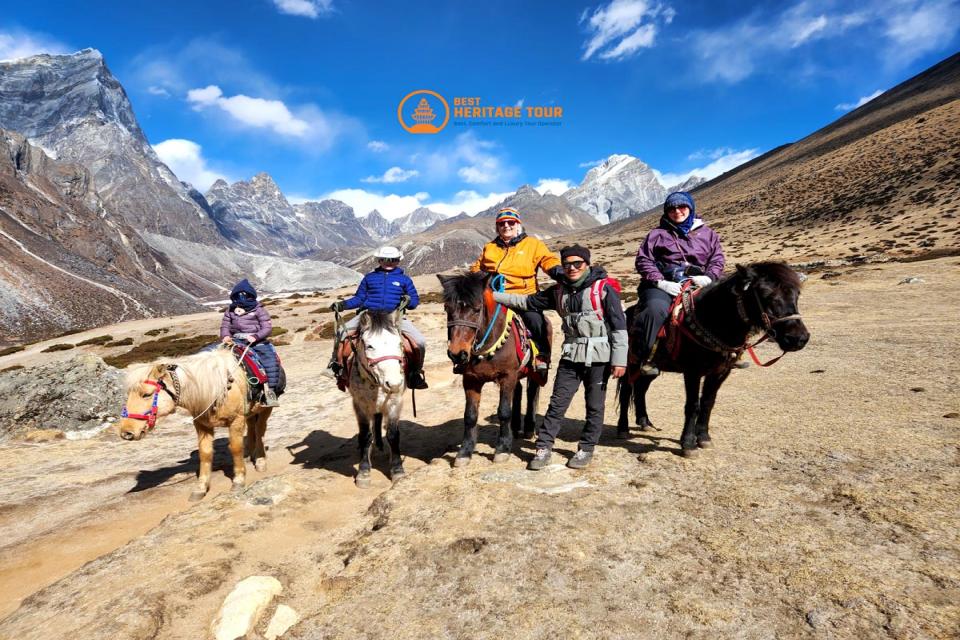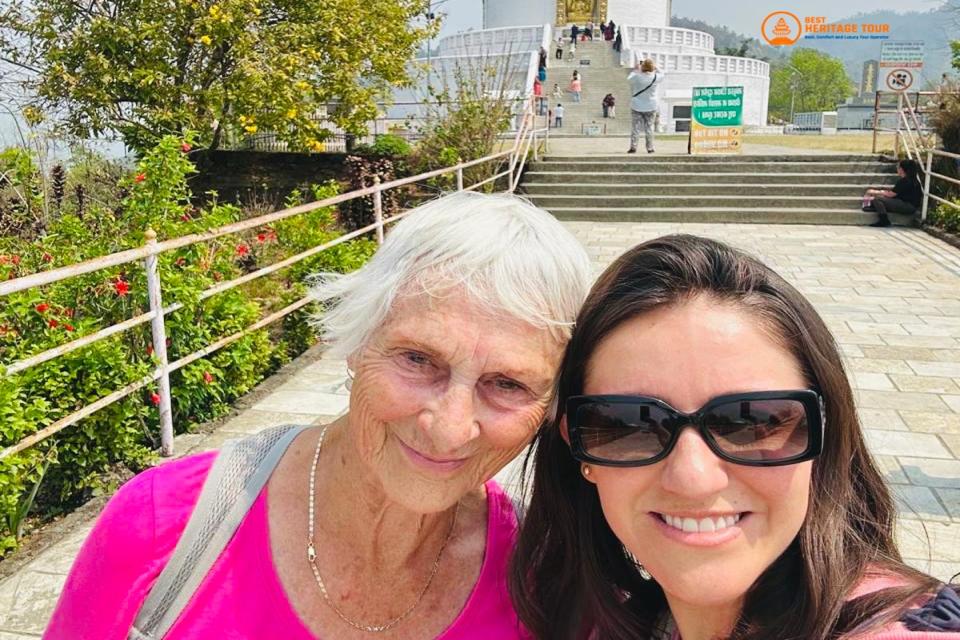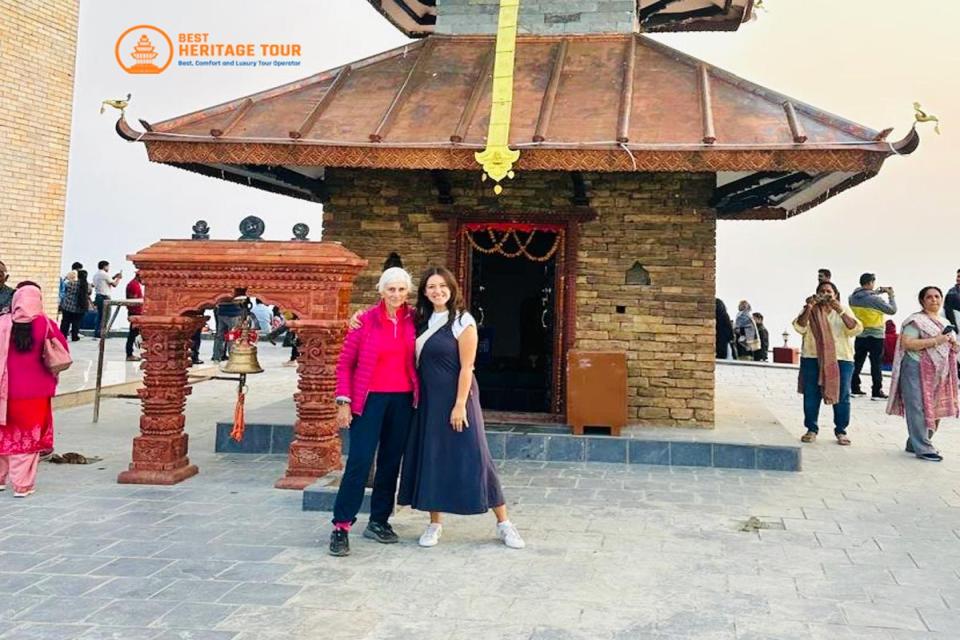The Kathmandu Valley, the cultural heart of Nepal, is a mesmerizing destination where diverse traditions, religions, and ethnic communities have coexisted in harmony for centuries. With its ancient temples, monasteries, and vibrant festivals, this UNESCO World Heritage Site offers travelers a unique experience of spiritual unity and cultural richness. Whether you're exploring historical landmarks or witnessing grand celebrations, Kathmandu Valley stands as a beacon of religious harmony and shared heritage.
1. A Land of Religious Coexistence
Kathmandu Valley is home to both Hindus and Buddhists, who have lived together for centuries, sharing religious spaces and practices. The seamless blending of these two major religions is evident in the architecture, festivals, and daily life of the people.
-
Swayambhunath Stupa (Monkey Temple) - A revered Buddhist site that also attracts Hindu devotees who pay homage to the deities within the temple complex.
-
Pashupatinath Temple - A sacred Hindu temple dedicated to Lord Shiva, yet frequently visited by Buddhist monks who meditate along the banks of the Bagmati River.
-
Boudhanath Stupa - One of the largest Buddhist stupas in the world, where Buddhist and Hindu worshippers can be seen lighting butter lamps alongside Tibetan Buddhist pilgrims.
-
Kathmandu Durbar Square - A cultural hub that houses both Hindu and Buddhist shrines, reflecting centuries of shared religious practices.
2. Festivals That Celebrate Unity
The vibrant festivals of Kathmandu Valley highlight the interwoven nature of Hindu and Buddhist traditions. Many celebrations are observed by both communities, reinforcing cultural solidarity and offering travelers a firsthand glimpse into Nepal’s spiritual life.
-
Indra Jatra - A festival dedicated to Lord Indra, celebrated with masked dances, chariot processions, and rituals observed by both Hindus and Buddhists.
-
Buddha Jayanti - The birth anniversary of Lord Buddha, celebrated with grandeur by both communities, reflecting the deep influence of Buddhism in the valley.
-
Dashain & Tihar - The biggest Hindu festivals, which also see participation from Buddhist Newars and other ethnic groups.
-
Gai Jatra - A festival honoring the deceased, originally a Newar tradition but embraced by different communities as a time for remembrance and unity.
3. Newar Community: The Cultural Bridge
The Newars, the indigenous people of Kathmandu Valley, have played a significant role in fostering religious harmony. Their unique blend of Hindu and Buddhist traditions is reflected in their rituals, festivals, and art.
-
Newar Buddhism - A unique form of Buddhism practiced by the Newars that incorporates Hindu deities and tantric traditions.
-
Pagoda-Style Temples - Many of Kathmandu’s iconic temples, such as Kasthamandap and Taleju Temple, showcase Newar craftsmanship and are worshipped by both Hindus and Buddhists.
-
Mha Puja (Self-Worship Festival) - Celebrated on the Newar New Year, this festival promotes spiritual cleansing and unity among families.
4. Architectural and Artistic Fusion
The architecture of Kathmandu Valley is a testament to its religious unity, with Hindu and Buddhist influences seamlessly intertwined in temples, stupas, and palaces.
-
Patan Durbar Square - A UNESCO World Heritage Site showcasing a blend of Hindu and Buddhist artistry in its temples and courtyards.
-
Bhaktapur’s Nyatapola Temple - A five-tiered pagoda that stands as a masterpiece of Newar engineering and craftsmanship, revered by both Hindus and Buddhists.
-
Hiranya Varna Mahavihar (Golden Temple) - A stunning example of how Buddhist monasteries incorporate Hindu elements, demonstrating the interconnectivity of both traditions.
5. Why Travelers Should Visit Kathmandu Valley
Kathmandu Valley serves as a must-visit destination for travelers seeking cultural immersion, spiritual enlightenment, and historical exploration. This unique region offers:
-
Interfaith Participation - Experience how different religious communities come together for celebrations and daily worship.
-
Shared Sacred Spaces - Visit temples and stupas that welcome both Hindu and Buddhist devotees, offering a deeper understanding of Nepal’s cultural diversity.
-
Cultural Preservation - Witness the vibrant traditions and centuries-old practices that continue to shape life in Kathmandu Valley.
Plan Your Journey to Kathmandu Valley
A visit to Kathmandu Valley is more than just sightseeing - it’s an opportunity to witness a living tradition of cultural and religious harmony. Whether you’re walking through the bustling streets of Kathmandu, exploring ancient temples in Patan, or enjoying the artistic wonders of Bhaktapur, every moment in the valley offers a glimpse into Nepal’s rich heritage.
Best Time to Visit:
-
Spring (March-May): Ideal for clear skies and major festivals like Buddha Jayanti.
-
Autumn (September-November): The perfect season to experience Indra Jatra and Dashain celebrations.
-
Winter (December-February): A quieter time with stunning views and spiritual retreats.
-
Summer (June-August): Great for experiencing monsoon-season rituals and local traditions.
Final Thoughts
Kathmandu Valley is not just a travel destination - it’s a journey into a world where spirituality and culture thrive in harmony. Whether you’re seeking ancient history, vibrant festivals, or sacred experiences, the valley welcomes you with open arms.
Book your trip today with Best Heritage Tour and explore the cultural and religious unity of Kathmandu Valley with us!
Contact Best Heritage Tour Company
Visit Best Heritage Tour Pvt.Ltd. official website to gather information about BHT services.
Look for contact details:
Phone number/Viber /What’s App: +9779851149197 / +9779810043046,
Email: bestheritagetour@gmail.com/ info@bestheritagetour.com to get in touch with them directly.
Author: Best Heritage Tour
Date: 9th May, 2025


